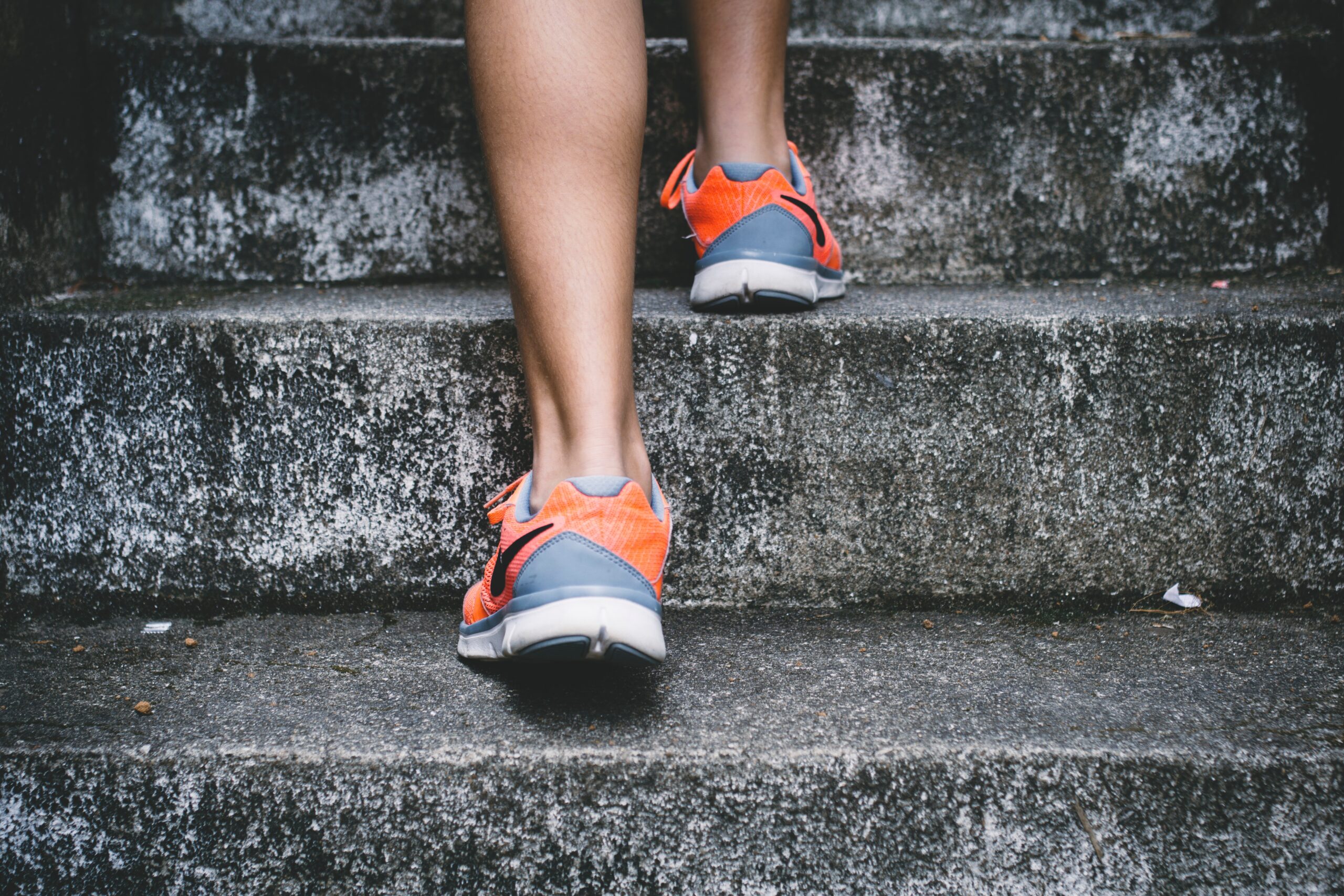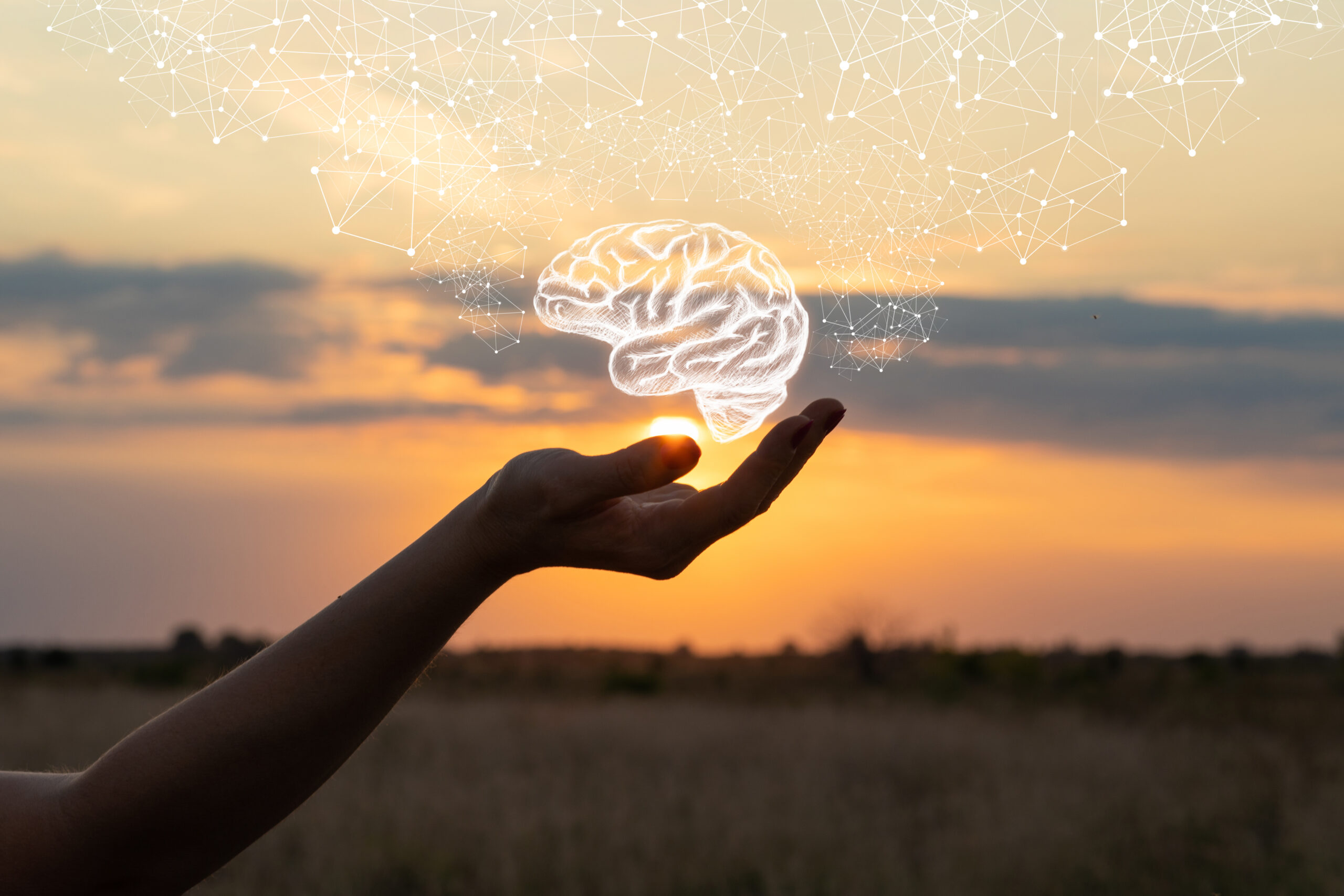Article authored by Readout Health with editorial oversight from Chief Medical Officer, Naomi Parrella, M.D.
You’ve noticed a gray hair or two, your face is a bit saggier than you remember, your once toned arms jiggle like jelly, and why is it so much harder now to lose those extra pounds?
If you can relate to one or all of these telltale signs, you might be more aware of aging.
It’s undeniable that reaching middle age and beyond can bring about some pretty real changes to the body and the brain.
And it’s not all bad news! Eating well, keeping fit, and protecting your skin as you get older can go a long way in how you change with time. You can make choices that can help maintain youthfulness, keep you strong, and feeling good.
Eating the right foods can slow down your aging
The truth is, aging is a normal part of life. While it’s not currently possible to reverse aging or stop it from happening in the first place, adopting a healthy diet with mostly whole, unprocessed foods as you age can help you look and feel your best, improving your appearance, your level of fitness, your disease risks, and your quality of life.
Adding foods that are rich in protein, dietary fats, and antioxidants to your plate each day will help reduce oxidative damage and inflammation in your body. This will maintain a strong skin barrier as well as lower your risk for chronic age-related diseases like cataracts, type 2 diabetes, metabolic syndrome, certain types of cancer, premature skin aging, and heart disease.
Foods that have been especially recognized for their “anti-aging” nutrition include vegetables, nuts, fatty fish, dark chocolate, olive oil, avocados, and tomatoes.
How exercise helps your body as you age
Brain
For many people, cognitive changes can be detected as early as their thirties. Researchers believe this happens because over time, blood flow to the hippocampus decreases, the part of the brain largely responsible for the ability to remember and learn.
One effective way of boosting blood flow to the hippocampus is through exercise, and apparently, improvements after exercise can be seen pretty quickly.
A study found that 57 to 75-year-old, physically inactive men who exercised on both a treadmill and stationary bike 3 sessions per week for only 12 weeks saw both enhanced blood flow and immediate and delayed memory performance, suggesting that even short term exercise is enough to make a difference.
Muscles
As people get older, the default setting is for muscles to shrink and become weaker. Weaker muscles can cause frailty which holds people back from , moving around and living life in an independent way.
The strength of muscles is so important that scientists even use it as an indicator of overall health.
You can maintain strong muscles throughout your lifetime by exercising them on a regular basis. The best way to do this is to combine aerobic exercise with resistance training.
In fact, a study showed that working muscles at 75% intensity 3 times a week for only 6 weeks can boost strength by more than 50%.
Bones
While maturing through life, bone tissue matures as well. Possibly the biggest concern when it comes to bone health later in life is osteoporosis, the most common bone disorder that is characterized by weakened bones and an elevated risk of fractures.
Weight-bearing and resistance training exercises help to prevent the death of bone cells and preserve bone mass and strength. This happens because during exercise, muscle mass increases, which exposes bones to different types of stresses and strains, a process called “mechanical loading.” Remember, the body works to respond to be able to meet the demand in the future.
Research shows that bone cells can actually detect when they are being stressed beyond their normal load, and in response, activate a chain of events that stimulates bone formation.
How to exercise to maintain good health
The CDC encourages physical activity throughout life, incorporating aerobic, resistance training, and balance improvement activities to prevent age-related health problems down the road.
Aerobic activities: get your heart pumping by aiming for 150 minutes a week of moderate intensity aerobic activities such as walking briskly (4 mph), mowing the lawn, or light cycling (10-12 mph), or 75 minutes a week of vigorous activities like hiking, jogging, or heavy cycling (14-16 mph).
Resistance training activities: Work out your muscles at least twice a week, making sure to target all major muscle groups including legs, hips, back, chest, abdomen, shoulders, and arms. Do 8 to 12 reps per set for each muscle group, and increase the reps or the weight as the exercises become easier. Use hand-held weights, resistance bands, or weight machines for these exercises. Activities like gardening and yoga count as well.
Balance improvement activities: The ability to balance in middle-age is critical for preventing a fall and fracture throughout aging, and it is a skill that must be continually practiced. When it comes to balance, the more you practice, the better you get. Work to improve your balance at least 3 days a week by walking backwards, walking sideways, heel and toe walking, and standing from a seated position without using help from your hands.
Protecting your skin can keep you looking young
If the booming demand for anti-aging facial products is any indication, skin health and skin beauty are top-of-mind for many when it comes to looking youthful. As the protective layer and the most exposed organ of the body, skin can reflect general health status and how the aging process is progressing. Aging skin often shows up as sagging with wrinkles, dryness, and age spots. Skin’s inherent ability to repair itself reduces over time, making it all the more essential to protect it with age.
So what exactly causes skin to age? Skin ages due to a number of internal reasons like hormonal changes and genetic factors, but there are several lifestyle choices that can contribute as well. Here’s what you can do to slow down the aging of your skin, keeping your face looking vibrant and healthy.
Quit smoking. Toxic nicotine and carbon monoxide are produced during a smoking session and can do a real number on skin, constricting the skin’s blood vessels and lowering the oxygen in the blood around the skin. This accelerates premature aging, damaging the skin’s elastic fibers and collagen, and making it less elastic.
Avoid sugary foods. The sugar in food advances the skin’s aging through a process called glycation. After eating sweets, the sugar molecules that form in blood as glucose or fructose attach to the body’s proteins and produce compounds called advanced glycation end products, or AGEs. The skin’s elastin and collagen, essential proteins that help keep skin supple, firm, and elastic, are most susceptible to damage from glycation. AGEs actually cause structural changes to skin, causing it to become brittle, dry, and stiff. This results in a visibly aged complexion with lines, wrinkles, and sagging.
Apply sunscreen. Although sun exposure is necessary to synthesize vitamin D, too much exposure to the sun’s harmful ultraviolet rays can damage the cellular components of skin and lead to complications like skin cancer and premature aging. In fact, 80% of facial aging is believed to be attributed to exposure to the sun. A face that’s been overexposed to ultraviolet rays contains less elastic skin that is rough, dry, wrinkled, and unevenly pigmented. Daily application of sunscreen may block ultraviolet radiation by reflecting ultraviolet rays away from skin. Go for a sunscreen with a minimum sun protection factor (SPF) 15 to get the most benefit.



